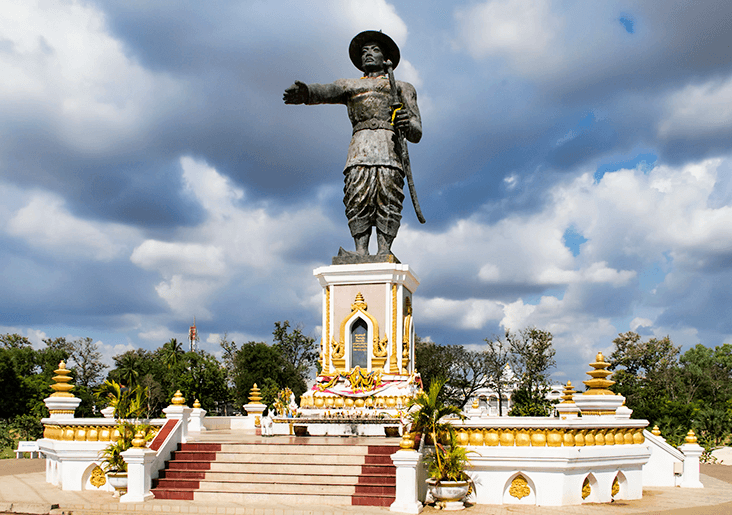knowaboutbullying.com – Laos, a landlocked country in Southeast Asia, boasts a rich history marked by periods of unification and division, colonialism, and eventual independence. Its past is deeply rooted in the Kingdom of Lan Xang, which laid the foundation for the modern-day Lao People’s Democratic Republic (LPDR). This article traces the history of Laos from the establishment of the Lan Xang kingdom to the formation of the LPDR.
The Kingdom of Lan Xang (1353–1707)
The Kingdom of Lan Xang, often referred to as the “Land of a Million Elephants,” was founded in 1353 by King Fa Ngum. It was one of the largest kingdoms in Southeast Asia, encompassing much of what is now Laos and extending its influence into present-day Thailand and Cambodia. Under Fa Ngum’s leadership, Lan Xang became a powerful and influential state, establishing Buddhism as the state religion and fostering cultural and economic growth. The kingdom’s capital was initially at Luang Prabang before moving to Vientiane.
The Golden Age and Decline
Lan Xang experienced a golden age during the 16th century under King Setthathirath, who moved the capital to Vientiane and constructed numerous temples, including the famous That Luang. However, the kingdom faced internal strife and external threats, which led to its decline. The eventual division of Lan Xang in 1707 into three separate kingdoms—Luang Prabang, Vientiane, and Champasak—marked the end of a unified Lan Xang.
Colonial Era and Path to Independence
In the late 19th century, Laos became a part of French Indochina after succumbing to French colonial forces. The French introduced infrastructure and educational reforms but also exploited the country’s resources, which led to economic imbalances. During World War II, Laos experienced brief Japanese occupation but was returned to French control after the war.
Struggle for Independence
The post-war period saw growing nationalist sentiment and the rise of the Lao Issara (Free Laos) movement. However, it was the Lao People’s Revolutionary Party (LPRP), with support from the communist Pathet Lao, that played a crucial role in the independence struggle. After years of conflict and negotiation, Laos gained full independence from France in 1953, although the country remained embroiled in internal conflict among royalist, neutralist, and communist factions.
Formation of the Lao People’s Democratic Republic
The struggle for power culminated in the Pathet Lao’s victory in 1975, leading to the establishment of the Lao People’s Democratic Republic on December 2, 1975. The monarchy was abolished, and Prince Souphanouvong became the first president, with Kaysone Phomvihane as the prime minister. The new government aligned itself closely with communist states, implementing socialist reforms and policies.
Modern Developments
Since the establishment of the LPDR, Laos has experienced gradual economic reforms, moving towards a more market-oriented economy while maintaining a single-party socialist system. The country has also sought to improve international relations and integrate into regional organizations such as ASEAN.
Conclusion
The history of Laos is a testament to its resilience and adaptability. From the grandeur of Lan Xang to the challenges of colonialism and the eventual establishment of the Lao People’s Democratic Republic, Laos continues to navigate its path in the modern world. The country’s rich cultural heritage and strategic geopolitical position make it an important player in Southeast Asia’s political and economic landscape.

